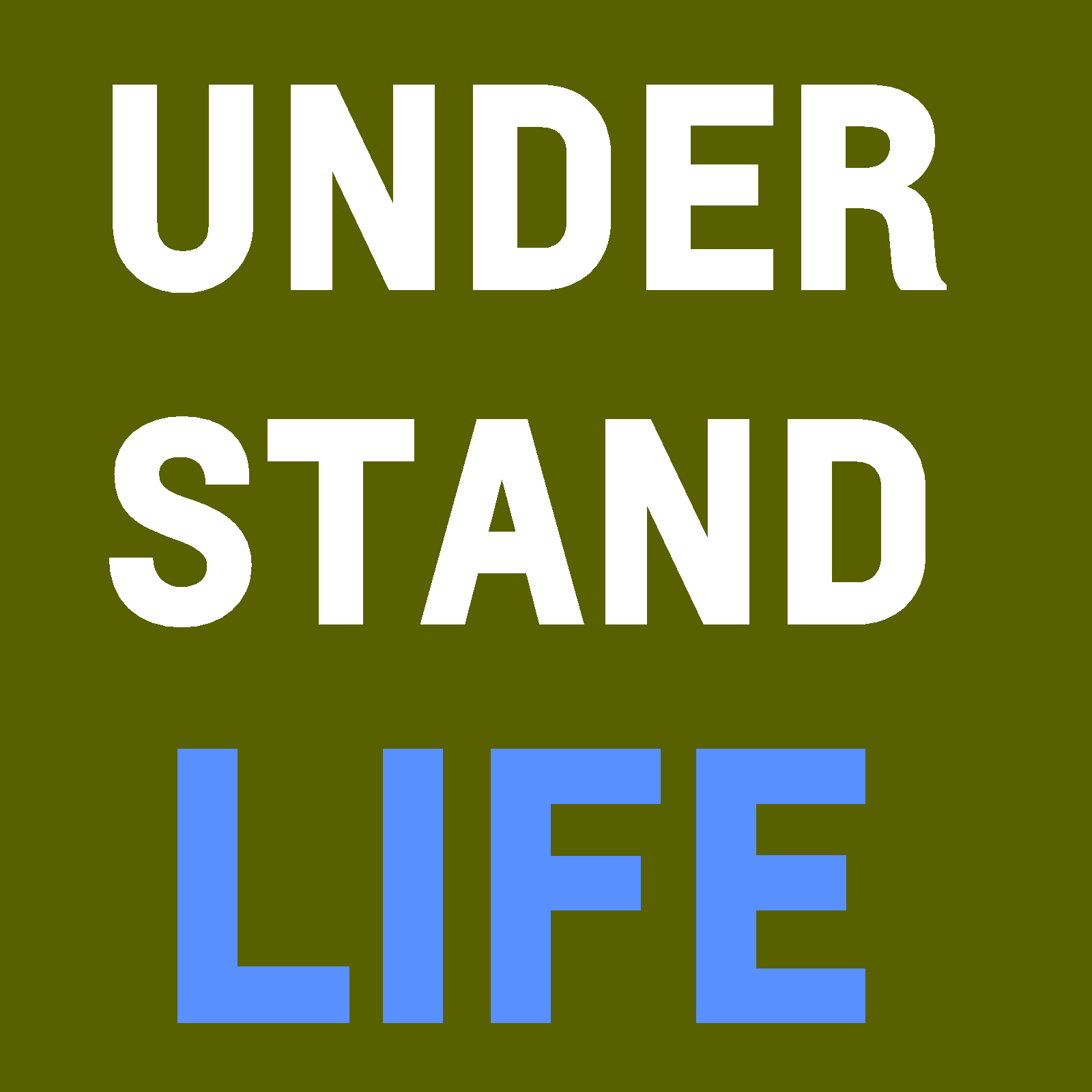
Episode 23.
The Enneagram (Part 2)
Question:
Can this personality stuff get any more complicated?
Key Points:
- The Enneagram comes from the Greek words "ennea" meaning 9 and "gram" meaning written
- The Enneagram has numbers for the 9 types so that there is no positive or negative connotation to each type
- Our greatest strengths tend to also be our greatest weaknesses
- The Enneagram is usually drawn with Type 9 at the top, like a clock with only 9 hours (see the picture below)
- In the Enneagram, anny of the 9 types can be someone's primary type, but only one of the 2 types that are adjacent on the circle to your Primary can be your Secondary, called your wing
- Everybody has some of each of the types
- Enneagram Types:
- Principled, purposeful, self-controlled, and perfectionistic
- Generous, People Pleasing, and protective
- Driven, Adaptable, Excelling, and Image-Concious
- Expressive, Dramatic, Self-absorbed, and tempramental
- Perceptive, Innovative, Secrative, and Issolated
- Engaging, Responsible, Anxious, and Suspicious
- Spontaneous, Versatile, Aquisitive, Scattered
- Self-confident, Decisive, Willful, and Confrontational
- Receptive, Reassuring, Complacent, and Resigned
- Malachi and Leonard are both 3s, specifically 3 wing 2s: We get stuff done, but we
- 3s often score high on other numbers in an Enneagram test because they work hard to act like different types in order to get stuff done, i.e. a chameleon
- Kelly is a type 1, wing 2: An advocate who tries to help others
- The lines inside the Enneagram, which sometimes, like below, are shown as arrows, are the direction of stress
- In the diagram below, the arrow coming out of a number is how someone who is that personality acts when they are stressed
- The opposite direction of the arrow is how someone acts when they are being the best version of themselves
- e.g. Leonard is a 3. When he is being the best version of himself, he acts like a 6. When he is stressed, he takes on the negative aspects of a 9
- Alyssa's test came out to be a 9, but she didn't think that was really her
- Sometimes, people take the test and answer they way they want to be rather than the way they really are. When this happens, the real personality type that person is would be the number that their test result points to on the diagram below. e.g. For Alyssa, her test said she was a 9. The 9 points to a 6. Alyssa is really a 6.
- So, Alyssa is actually a 6 wing 7: dependable but anxious and also spontaneous
- There is also a concept of "centers" or groups of the personality types.
- The "top group", i.e. 8, 9, and 1, is the instincitve center: generally feels anger as their negative emotion
- The "right group". i.e. 2, 3, and 4, is the feeling center: generally feels shame as their negative emotion
- The "left group", i.e. 5, 6, and 7, is the thinking center: generally feels fear as their negative emotion
- There are also 3 instincts in the Enneagram, which are sometimes incorrectly called sub-types, and everyone also has an instinct, separate from their type
- The Self-Preservation instinct indicates someone is primarily concerned with keeping themselves safe
- The Legacy instinct indicates someone is primarily concerned with making a mark on the world (a.k.a. the "sexual" instinct, but I didn't say that on the podcast)
- The Social instinct indicates someone is primarily concerned with making friends and getting along with others
- Kelly hypothesized that the instinct that is the highest may generally shift from social->self-preservation->legacy as someone gets older
- The standard interpretation is that this is not the case: rather someone is born with a higher instinct, but their actions are impacted by their natural instinct and their age
Pictures:

Links:
-
Note that I do not endorse any of these tests, but these are some that I found online
- Eclectic Ennergies' Enneagram Test
- An Enneagram Test
- An unofficial version of the RHETI (Riso-Hudson Enneagram Type Indicator)
